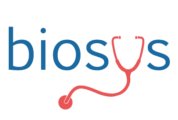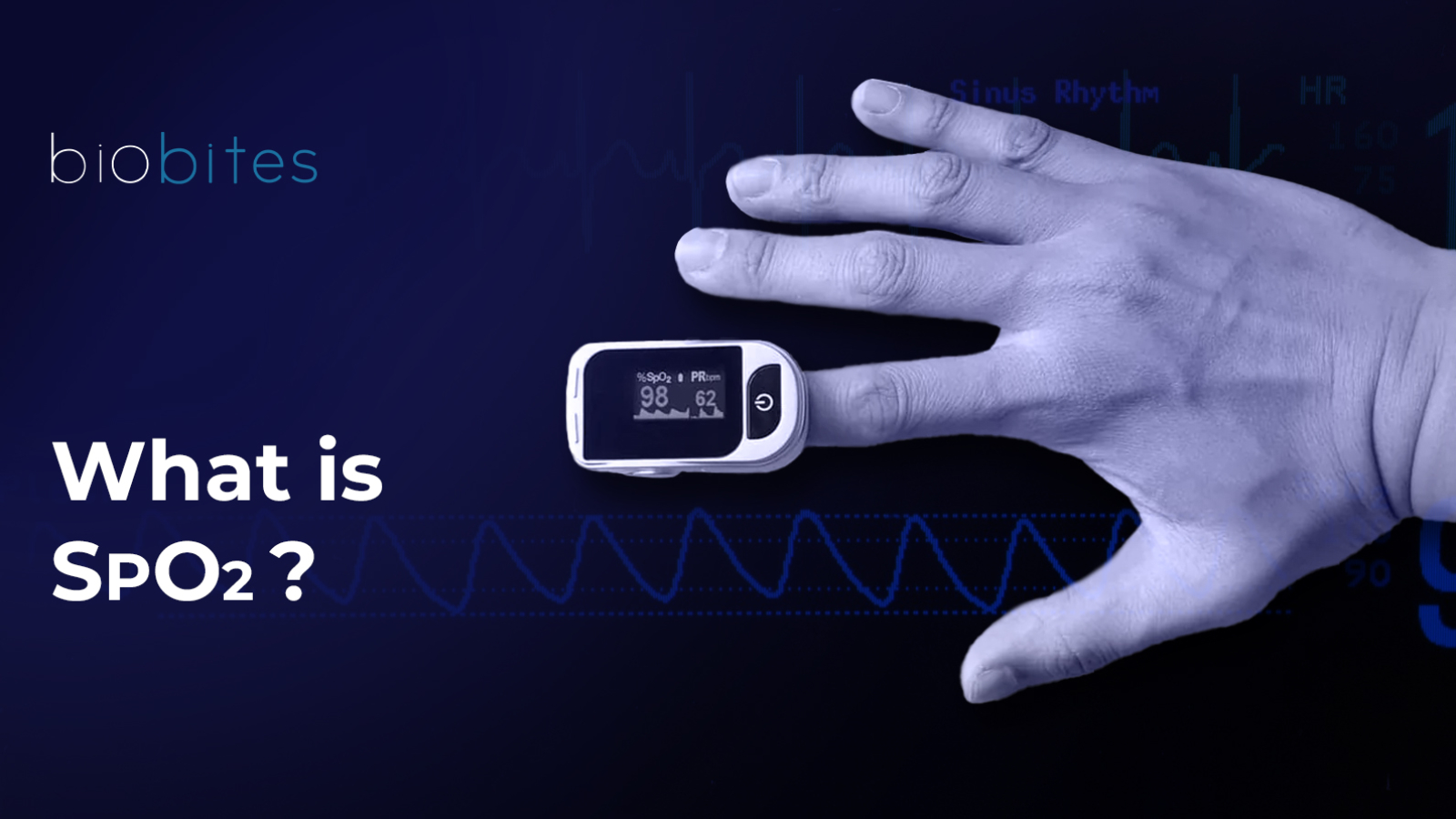SpO₂ stands for peripheral oxygen saturation and indicates the oxygen saturation level in the blood. This value represents the ratio of oxygen-bound hemoglobin to the total hemoglobin. The body requires a certain amount of oxygen to function properly and stay healthy, as low SpO₂ levels can lead to serious complications.
SpO₂ is typically measured non-invasively using a pulse oximeter device placed on the fingertip, earlobe, or toe. This device uses red and infrared light wavelengths to determine the oxygen saturation level of hemoglobin. Normal SpO₂ values are generally considered to range between 95% and 100%. Values below 90% are referred to as hypoxemia, a condition that can negatively impact organ function.
SpO₂ measurement is essential for assessing the efficiency of the respiratory and circulatory systems. It is particularly used for monitoring patients with chronic respiratory diseases, cardiovascular conditions, or those under anesthesia. Low SpO₂ levels may indicate the need for oxygen therapy or other medical interventions.
How is SpO₂ Measured?
SpO₂ is typically measured using non-invasive methods. This measurement is performed through medical devices called pulse oximeters.
Pulse oximeters operate with sensors placed on areas of the body where the skin is thin and blood flow is abundant, such as the fingertip, earlobe, or toe. The device uses two different wavelengths of light to determine the oxygen saturation level of hemoglobin. Oxygenated and deoxygenated hemoglobin absorb these lights at different rates; the device analyzes this difference to calculate the SpO₂ value.
Considerations
- Movement and Light Interference: Patient movement or ambient light can affect the accuracy of the measurement. Therefore, it is recommended that the patient remains still during the measurement and that ambient lighting conditions are controlled.
- Circulatory Conditions: Cold extremities or low peripheral perfusion may impede the sensor’s ability to collect accurate data. In such cases, relocating the sensor to a different area or addressing the patient’s body temperature may be necessary.
- Nail Polish and Artificial Nails: Nail polish or artificial nails can interfere with light absorption, particularly when the sensor is placed on the fingertip, potentially leading to inaccurate results. It is therefore essential to ensure that nails are clean prior to measurement.
Oxygenation Efficiency and SpO₂ Monitoring
Oxygenation efficiency reflects how effectively the body utilizes oxygen. SpO₂ monitoring aids in evaluating this efficiency in the following ways:
- Early Warning System: Decreases in SpO₂ levels can be early indicators of issues in the respiratory or circulatory systems. This allows potential problems to be detected and addressed promptly.
- Assessment of Treatment Effectiveness: In patients receiving oxygen therapy or ventilatory support, SpO₂ monitoring demonstrates the effectiveness of the treatment and facilitates necessary adjustments.
- Management of Chronic Diseases: In conditions such as COPD or asthma, regular SpO₂ monitoring helps track disease progression and prevent exacerbations.
Limitations of SpO₂ Monitoring
While SpO₂ monitoring provides valuable insights into oxygenation efficiency, it has certain limitations:
- Anemic Conditions: In cases of low hemoglobin levels, SpO₂ may appear normal despite insufficient oxygen delivery to tissues.
- Carbon Monoxide Poisoning: Carbon monoxide binds to hemoglobin with greater affinity than oxygen, leading to falsely elevated SpO₂ readings.
- Methemoglobinemia: In this condition, SpO₂ measurements typically stabilize around 85%, providing misleading information about the actual oxygenation status.
Frequently Asked Questions
- What is anormal SpO₂?
A normal SpO₂ value in a healthy individual typically ranges between 95% and 100%. - What does low SpO₂ mean?
Low SpO₂ indicates that the oxygen level in the blood is below normal, suggesting insufficient oxygen delivery to tissues. This condition, known as hypoxemia, can be a sign of serious health issues.
References
- Dcosta, Jostin Vinroy, Daniel Ochoa, and Sébastien Sanaur. “Recent Progress in Flexible and Wearable All Organic Photoplethysmography Sensors for SpO2 Monitoring.” Advanced Science 10.31 (2023): 2302752.
- Mc Namara, Helen M., and Gary A. Dildy III. “Continuous intrapartum pH, pO2, pCO2, and SpO2 monitoring.” Obstetrics and gynecology clinics of North America 26.4 (1999): 671-693.
- Eriş, Ömer, et al. “İnternet Üzerinden Hasta Takibi Amaçlı PIC Mikrodenetleyici Tabanlı Kablosuz Pals-Oksimetre Ölçme Sistemi Tasarımı ve LabVIEW Uygulaması.” VII. Ulusal Tıp Bilişimi Kongresi Bildirileri 16 (2010): 16-25.

